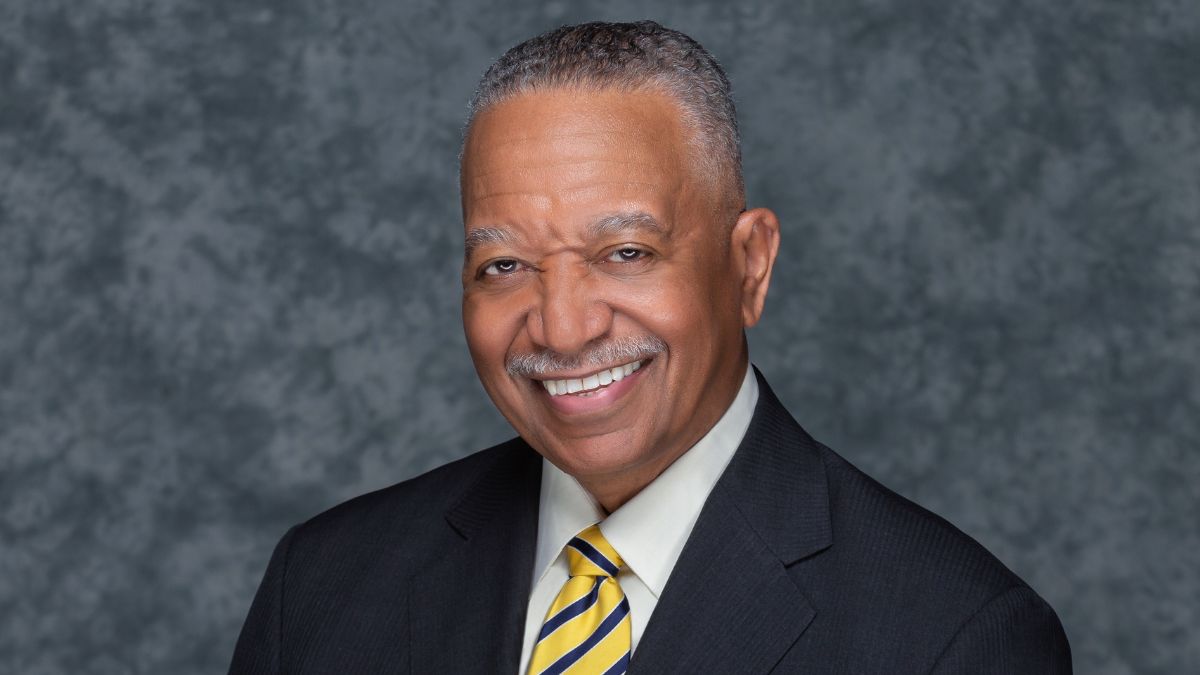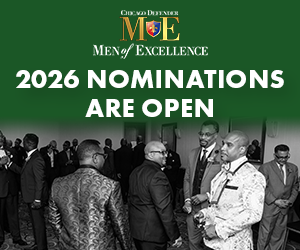By Dr. Byron T. Brazier
Churches are houses of worship and community anchors—sites of human connection, accountability and growth. They have always been, and remain today, a critical community support system, exercising formidable influence as advocates and activists for the greater good. Their engagement during the civil rights movement is a proof point. And now, churches are increasingly adopting another role: real estate developer.
Faith-based development is rising across the country, with churches in underserved communities turning their underutilized land—from vacant buildings to unused parking lots— into real estate projects to benefit their communities. Typically, faith-based development has translated into affordable housing. But churches must also embrace new strategies to spur economic development. One way to do so is by creating developments that have a variety of housing options—affordable, workforce, market-rate and even luxury—and highly desirable amenities to attract economically diverse residents and visitors who are not only Black but also represent a broad spectrum of races and cultures.
Essential elements for effective faith-based development
Whether developing affordable or market-rate units, faith-based organizations should take steps to ensure the housing they create is effective and empowering for their community. As Woodlawn’s Apostolic Church of God (ACOG) turns its surrounding 8 acres of parking space into Woodlawn Central, a planned development with residential, commercial, hospitality, retail and cultural spaces, we have relied on five fundamentals to achieve these goals.
- Develop a vision and long-range plan. Inspirational vision and rigorous planning are imperatives for faith-based housing initiatives to take flight. Long before Woodlawn Central was conceived, ACOG helped establish the Network of Woodlawn (NOW), a community development organization to focus on education, safety, economic development and health and human services. NOW’s leadership included relevant experts for all area needs. Over eight years, with extensive input from Woodlawn residents, NOW created the 2060 Woodlawn Community Plan for Urban Regeneration and Social Sustainability, which reflected the wants and needs of the entire Woodlawn community.
- Treat community engagement as a mission. Pastors are accustomed to teaching, listening and leading as they engage with their congregations and the greater community. This allows them to build trust with the community-at-large and grants them an advantage over outside developers who drop into communities and attempt to alter the landscape. Effective development demands a formal community engagement process. ACOG and NOW put a process in place with the help of our board experts and caring stakeholders. And eventually those experts collaborated with planning professionals such as AECOM, Gensler and SOM as we created Woodlawn Central’s planned development.
- Start early and include all quarters of the community: It is critical to evaluate what the entire community wants and needs in the short and long term. Community engagement requires diligence, openness, patience and, importantly, time. In seeking support for Woodlawn Central, we met with every relevant community entity to determine what they would like to see accomplished. We included all public, private and parochial elementary and high schools, the University of Chicago, the forthcoming Obama Presidential Center, the Southside YMCA and more. Once we reached alignment, we asked stakeholders to commit thoughtful resources—not money, but consultation, expertise or other capabilities.
- Don’t lose sight of the goal. All development takes years. But when executed with firm goals in mind, it can transform communities—particularly those that have suffered from entrenched, systemic inequities. With the right kind of planning, it can fuel economic development to change the trajectory of poverty, spur revitalization, increase opportunity and build wealth. Unlike outside developers, who usually prioritize profit, churches prioritize the people they serve. Woodlawn Central, planned by and for the Black community, focuses on Black self-determination, urban regeneration and development without displacement.
- Rely on your faith: There are some who question the role of the church today—they ask, what is the church actually doing for our community? And others are drifting away from religion entirely. Congregations face big, knotty issues, but one point is clear: Faith-based development is an avenue to nourish not just congregants’ spiritual lives but also communities’ physical and economic well-being.
When a church is called to undertake economic development, always maintain the faith of your calling. Even with that stirring goal in sight, lengthy real estate projects can be wearying. But it is our faith that leads us and guides us into all truth. Psalm 1:3 (KJV) comes to mind. “And he shall be like a tree planted by the rivers of water, that bringeth forth his fruit in his season; his leaf also shall not wither; and whatsoever he doeth shall prosper.”
Dr. Byron T. Brazier is pastor of the Apostolic Church of God and chairman of the board of the Network of Woodlawn.



